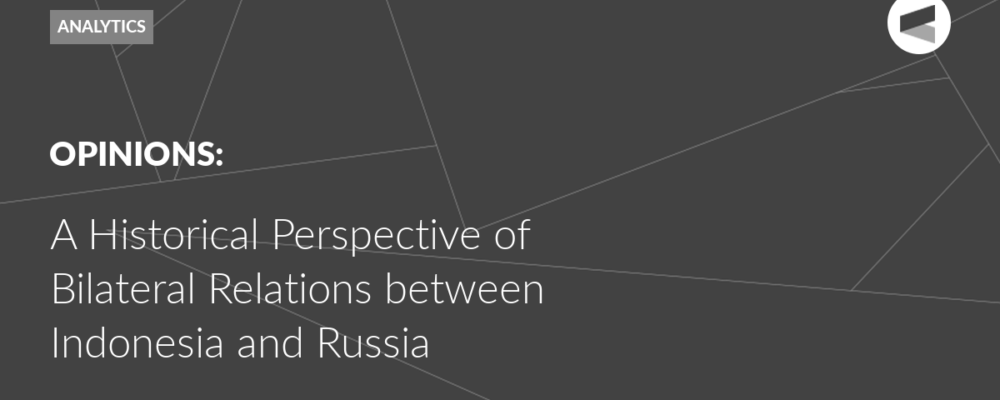It is likely that Syria will again become a field of rivalry between the Arabian monarchies. Thus, in the Persian Gulf zone, there is a tendency to establish ties on the internal contour, but at the same time, competition on the external borders is intensifying. This trend is likely to intensify in the future, writes Dmitry Polyakov, researcher at the Centre for Arab and Islamic Studies of the Institute of Oriental Studies of the Russian Academy of Sciences. The author is a participant of the Valdai – New Generation project.
The topic of a “new” Middle East taking shape returns every time significant changes occur in the region, and is most often associated with another round of violence. The main shock of recent years has been the return of the hot phase of the Palestinian-Israeli conflict, which has spilled out of its usual geographical boundaries. The events of October 7, 2023, significantly changed the balance of power in the Middle East. Two major regional non-state actors – Hamas and Hezbollah – are now significantly weakened. Indirectly, the conflict has affected Syria, where the government of Bashar al-Assad fell in 13 days. All of this was reflected in the positions of regional powers. The current escalation of the Palestinian-Israeli conflict may become the starting point for the formation of a “new” Middle East. During this period, the trends that have been forming in the region over the past years will receive further development and determine the model of its existence for the near future.
It is noteworthy that the Middle East subsystem of international relations has lived in the paradigm of the Arab Spring for the past 15 years. Its first result was a change in the socio-economic structure of the region. Today, most republican regimes have yet to return to the economic indicators of 2010. At the same time, the Arabian monarchies turned out to be virtually immune to the crises and conflicts of 2011, which has allowed them to increase the economic gap between them and their republican neighbours. Today, the monarchies are trying to make the transition to more advanced development, which is impossible in the short and medium term for other Middle Eastern states.
However, the most obvious consequence of the Arab Spring was the emergence of new armed conflicts: in Libya, Syria, Yemen and Iraq. While the Iraq conflict took the form of a counter-terrorism operation against ISIS (banned in Russia), the other three became systemically important for many years. As a result of their emergence, the long-standing regional conflicts between Israel and Palestine as well as the one in Western Sahara receded into the background. Moreover, the new struggles led to the emergence of new Middle Eastern leaders. Three non-Arab states came to the fore: Iran, Turkey and Israel, which was determined by their political, military, economic and technological leadership.
It is important that the three conflicts became an arena of rivalry between the Middle Eastern powers and defined the parameters of the bloc confrontation. As a result, the term “Cold War in the Middle East” appeared. Each of the regional players began to build its own network of allies. The most famous is the pro-Iranian “Axis of Resistance”. Turkey also expanded its influence both directly, by building channels of military and political communications in the region, and indirectly – through the support of various non-state actors. The active and unconventional actions of Tehran and Ankara caused discontent among many states in the region, which ultimately predetermined cooperation on anti-Iranian and anti-Turkish grounds. The most famous format of such cooperation is the so-called “Abraham Accords”. Normalisation with Israel became possible, since the Jewish state was seen as a potential security provider.
Meanwhile, by the beginning of the third decade of the 21st century, the parameters of the system laid down after the Arab Spring began to change. First of all, there were changes in the balance of power. The economy took precedence over military dealings. The Arab monarchies, having adopted ambitious national development programmes and partially implemented them, were able to regain their lost positions. Iran and Turkey, meanwhile, reached the limit of their capabilities and faced difficulties in implementing large-scale projects. This is especially true of Tehran. In the second half of 2024, the capabilities of the “Axis of Resistance” were significantly reduced as a result of the weakening of Hezbollah and the loss of Syria as a strategic bridgehead that ensured the coherence of the project. As for Israel, after the events of October 7, 2023, its integration into the fabric of the Middle East slowed down, as did the process of expanding the “Abraham Accords” with the inclusion of other Arab countries.
The Valdai Discussion Club was established in 2004. It is named after Lake Valdai, which is located close to Veliky Novgorod, where the Club’s first meeting took place.
Please visit the firm link to site






